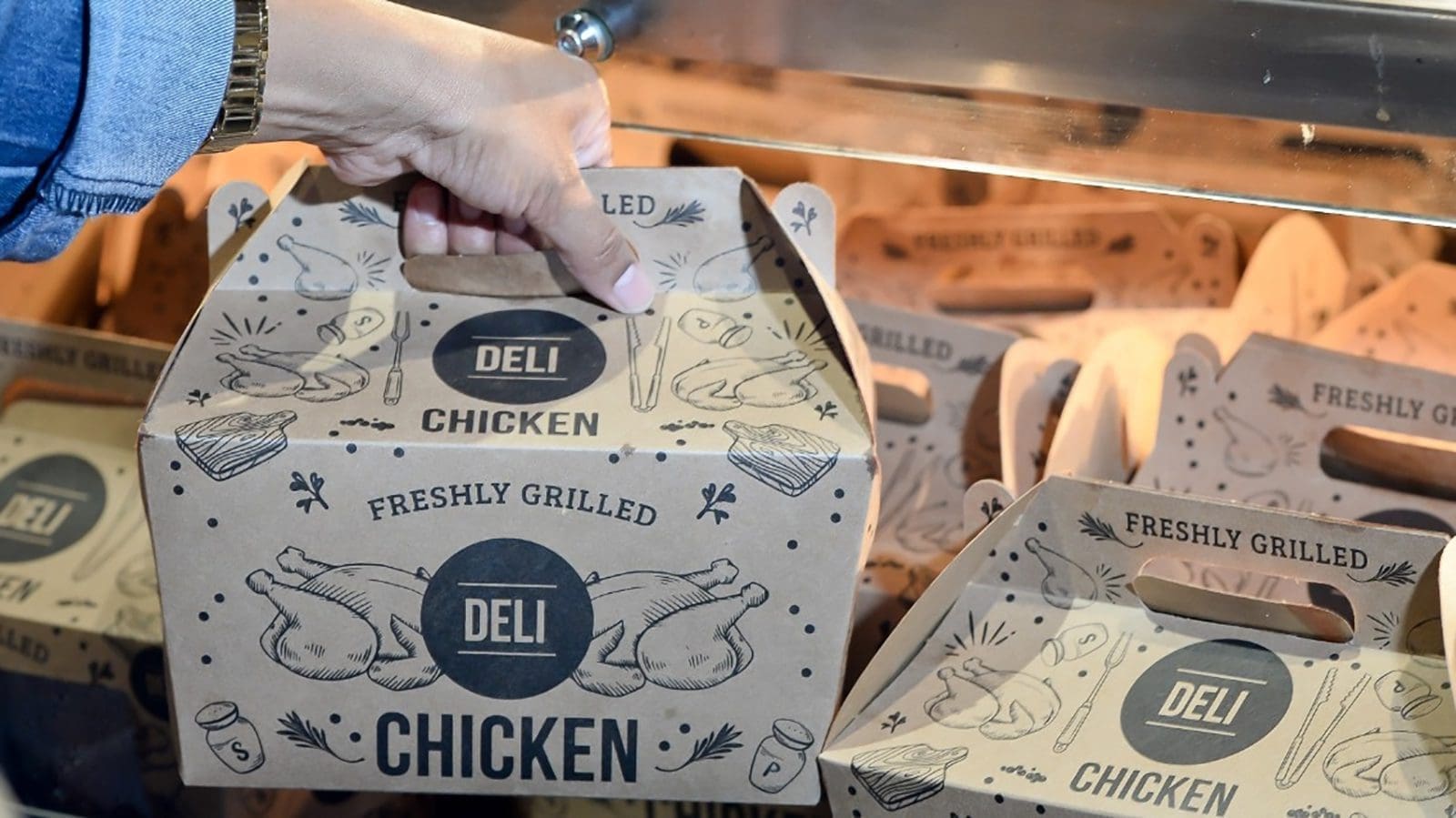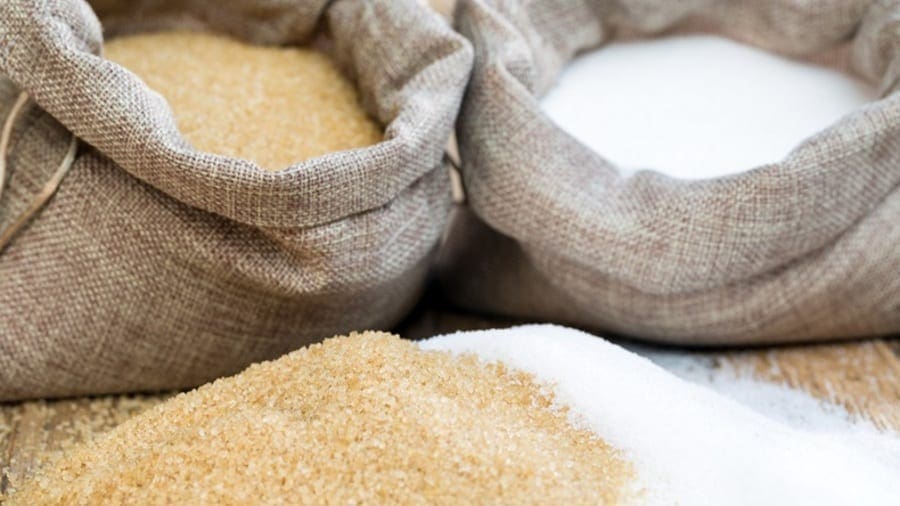GLOBAL – After declining in December, global food prices rebounded in January further putting strain on consumer grocery budgets, the Food and Agriculture Organization of the United Nations (FAO) has reported.
The FAO Food Price Index which tracks monthly changes in the international prices of commonly traded food commodities averaged 135.7 points in January, 1.1 percent higher than in December.
The FAO Vegetable Oils Price Index led the rebound in January, increasing by 4.2 percent month-on-month and reversing its December decline to reach an all-time high.
Palm oil prices were largely underpinned by concerns over a possible reduction in export availabilities from Indonesia, the world’s leading exporter, while soy oil prices were supported by robust import purchases, particularly from India.
Rapeseed oil prices were pushed up by lingering supply tightness, and sunflower seed oil quotations were impacted by supply tightness and surging global import demand.
The FAO Dairy Price Index increased by 2.4 percent, its fifth consecutive monthly rise, with the steepest increases registered for skim milk powder and butter.
Reduced export availabilities from Western Europe and below-average expectations for milk production in Oceania in the months ahead contributed to the tightening in global dairy markets, as did processing and transportation delays linked to COVID-19-related labor shortages.
The FAO Cereal Price Index in January increased marginally, by 0.1 percent, from December.
Maize export prices rose by 3.8 percent during the month, spurred by worries about persistent drought conditions in South America.
World wheat prices declined by 3.1 percent on the back of large harvests in Australia and Argentina.
Lower harvests and steady purchases by Asian buyers led to a 3.1 percent monthly increase in international rice prices.
The FAO Meat Price Index increased slightly in January, with world bovine meat prices reaching a new peak as global import demand exceeded export supplies.
Ovine and poultry meat prices however softened as exportable supplies outstripped import demand. Pig meat quotations rose slightly, in part due to rising input costs dampening global supply.
The FAO Sugar Price Index was the only subindex to post a decrease in January, down 3.1 percent from the previous month due to favorable production prospects in major exporters India and Thailand, as well as improved rains and lower ethanol prices in Brazil.
FAO also updated its forecast for world cereal production in 2021, now standing at 2.793 million tons, a 0.8 percent increase from the previous year.
Global wheat output in 2021 is expected to be on par with 2020, while the production of coarse grains is projected to be 1.3 percent larger and that of rice to grow by 0.7 percent.
By 2022, global wheat plantings are expected to expand, buoyed by mostly conducive weather conditions in the northern hemisphere, although high input costs could deter a larger expansion.
The outlook for maize is robust, with high prices pointing to record plantings in Argentina and Brazil.
US Consumer price index rises at the fastest pace in 40 years
Meanwhile, in the United States, the consumer price index is soaring, creating fears that what was expected to be transitory might have a lasting effect on the economy.
Recent figures showed prices jumping 7.5 percent over the year and 0.6 percent over the past prices, the fastest pace in 40 years.
More worrying were the report’s details, which showed inflation moving beyond pandemic-affected goods and services, a sign that rapid gains could prove longer-lasting and harder to shake off.
The White House has introduced policies that might help to ease inflation slightly — discussing plans to help place military veterans into the short-staffed trucking industry, for instance.
But the Federal Reserve System is primarily in charge of slowing down demand to keep prices under control and it is feared that it may be forced to react more aggressively.
Fed officials have already shifted away from trying to foster a quick economic rebound and toward bringing inflation down.
Liked this article? Subscribe to Food Business Africa News, our regular email newsletters with the latest news insights from Africa and the World’s food and agro industry. SUBSCRIBE HERE










